In fall 2023, Lithium Americas Corporation hit the mother lode in a volcanic crater along the Nevada-Oregon border.
This massive 20-40 million metric tonnes of lithium have the potential to really shake things up in the world of tech.
Why is This Lithium Deposit a Big Deal?
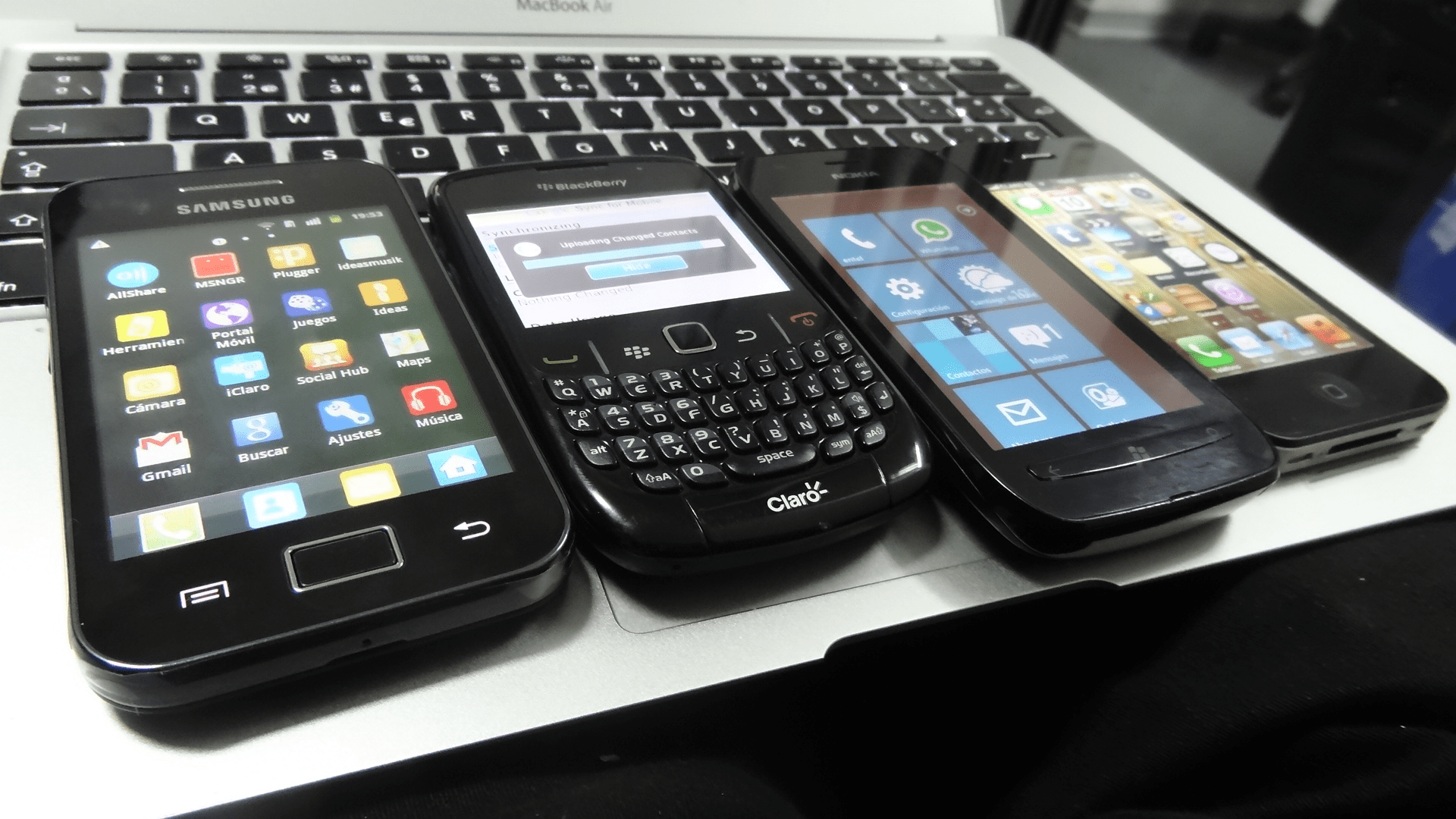
This lithium deposit is a huge deal because it’s the backbone of the modern era. It’s the juice that powers everything from electric cars to the smartphones buzzing in everyone’s pockets.
Without lithium, you cannot produce batteries, ceramics, aluminum, and more. Popular Mechanics has even referred to it as “white gold.” It’s that in-demand and that valuable.
Despite Being Common, a Lot of Lithium is Out of Reach
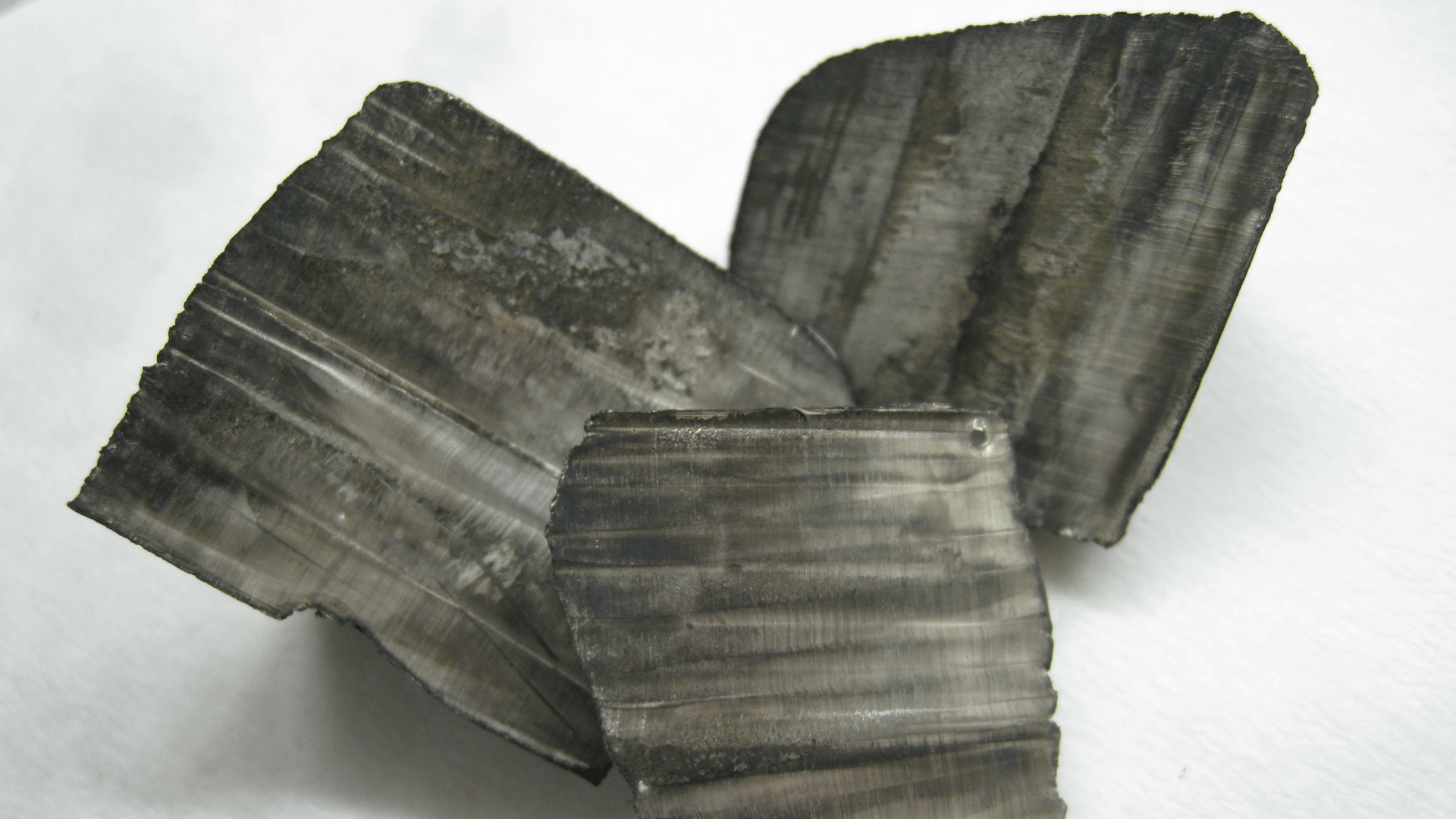
Lithium isn’t just another shiny object, of course. It’s grown exponentially in value because it has great potential to change our whole world.
There’s a ton of lithium scattered around the Earth, an estimated 88 million tons in fact. But almost two-thirds of it is unfortunately out of reach, like hidden treasure that’s impossible to recover.
Lithium is Very Difficult to Mine
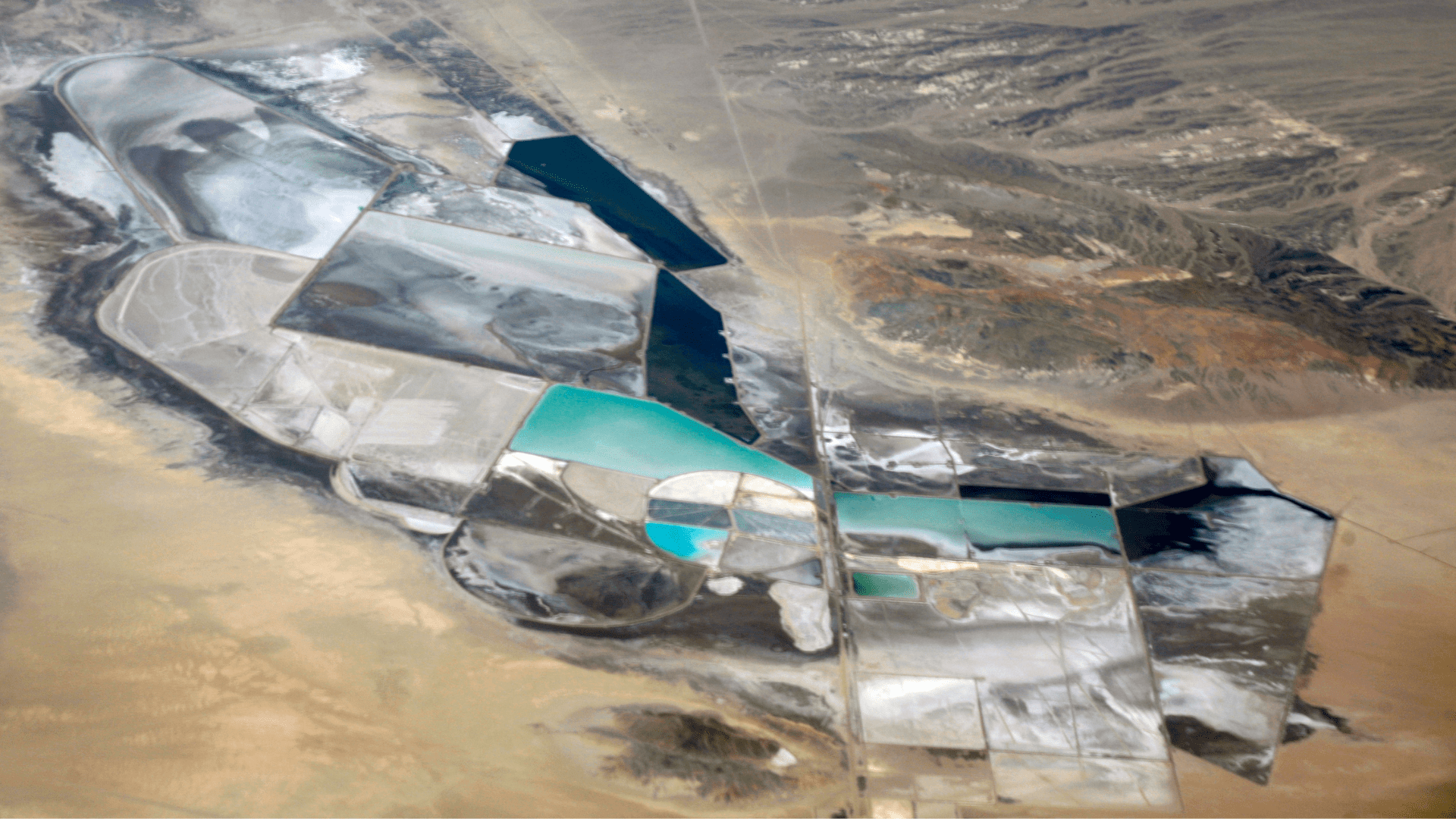
Another major roadblock surrounding lithium is the mining process. Digging this stuff up is not a walk in the park.
It’s incredibly expensive and time-consuming, as it involves specialized techniques that require large amounts of resources.
Is Lithium Mining Bad for the Environment?
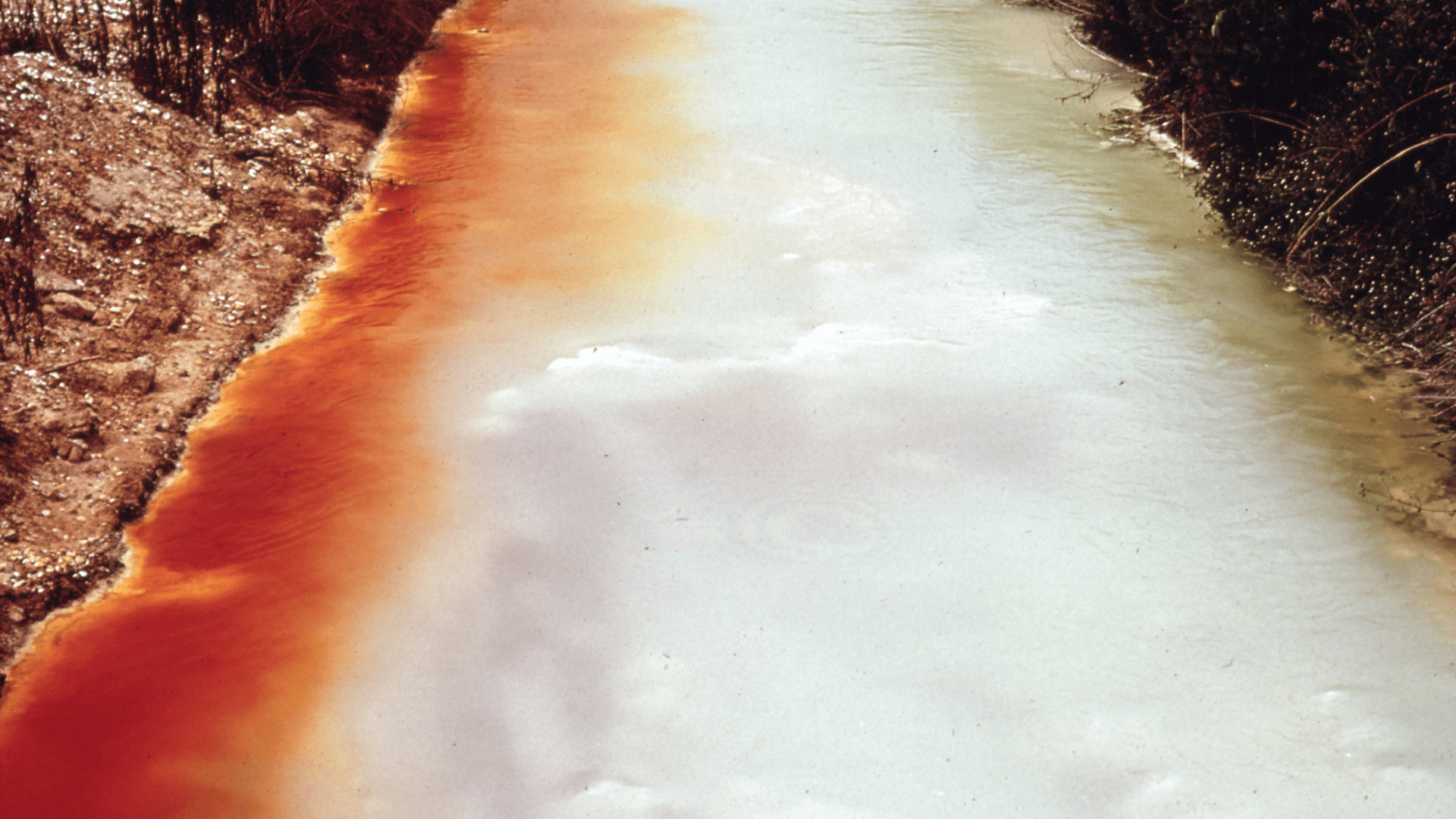
Lithium mining is also notorious for being pretty detrimental to the environment.
Mining just one tonne of lithium requires approximately 500,000 gallons of water. The practice has also been linked to all kinds of waterway contaminations and declining vegetation in natural reserve areas.
The Lithium Jackpot in Nevada
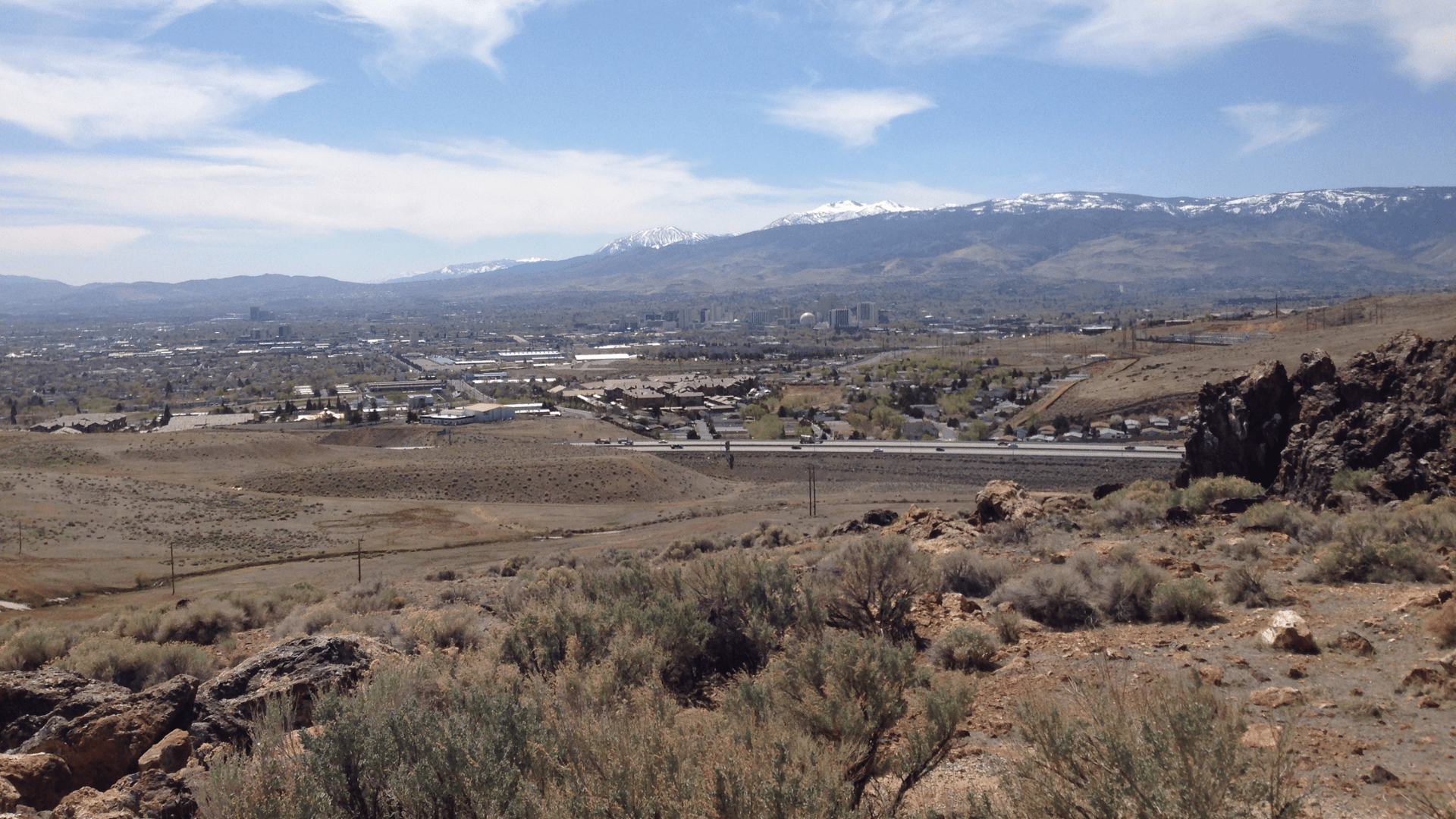
Now, here’s where things start to get interesting – the United States hit the lithium jackpot on the Nevada-Oregon border. It may quite possibly be the biggest stash of the stuff ever found.
It’s actually even better than that. A recent study in Science Advances says this lithium could be not only one of the largest but also one of the easiest to recover. The Atlantic, however, says there are some very big ‘ifs’ in that study.
Lithium Stash is More Than a Gadget Goldmine
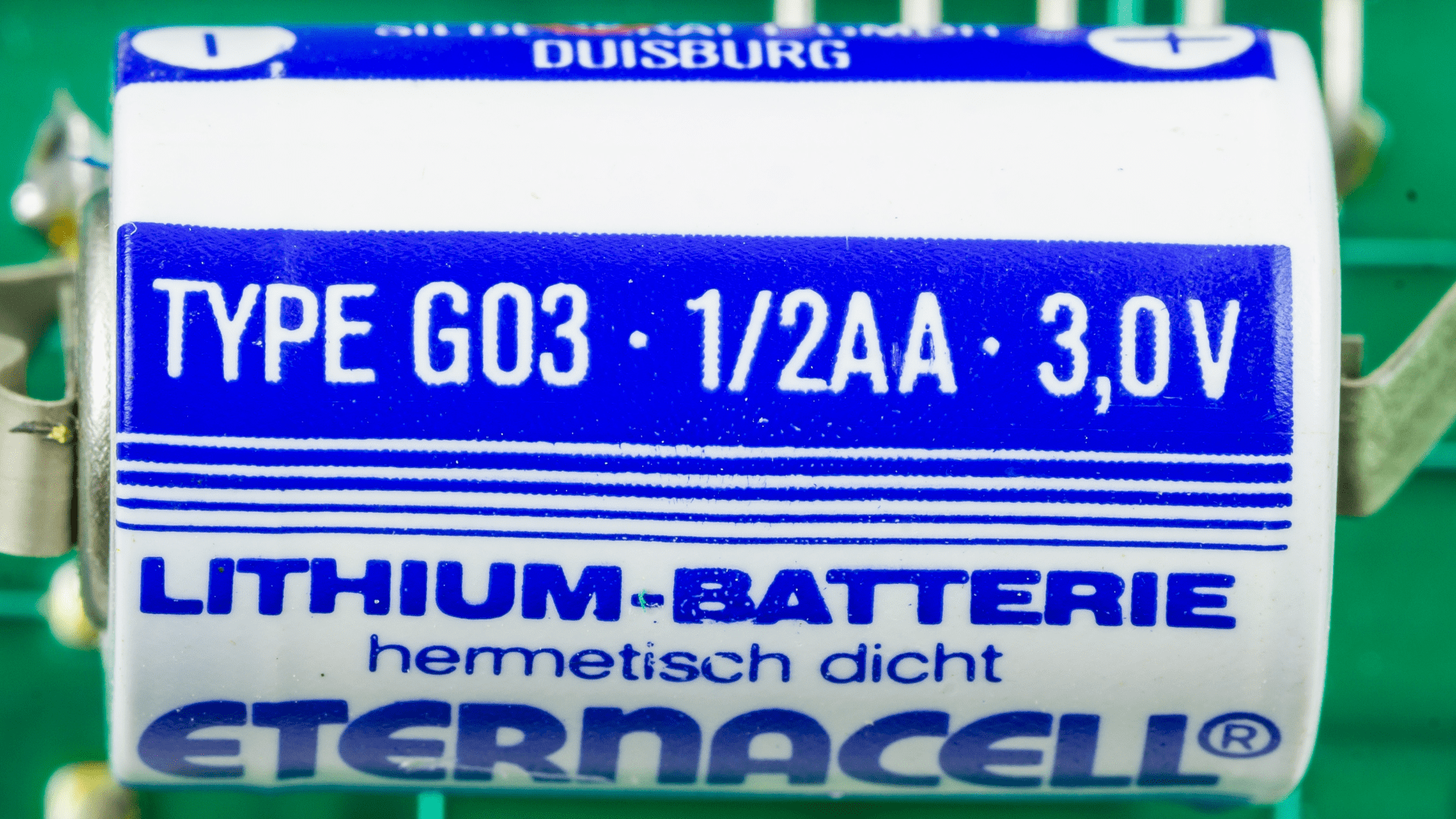
If the study is correct, this lithium deposit will likely do much more than power our gadgets.
It could actually have substantial influence over geopolitics and the future of green energy. This easily accessible deposit might be the ace up our sleeves.
Importing Lithium Was Problematic
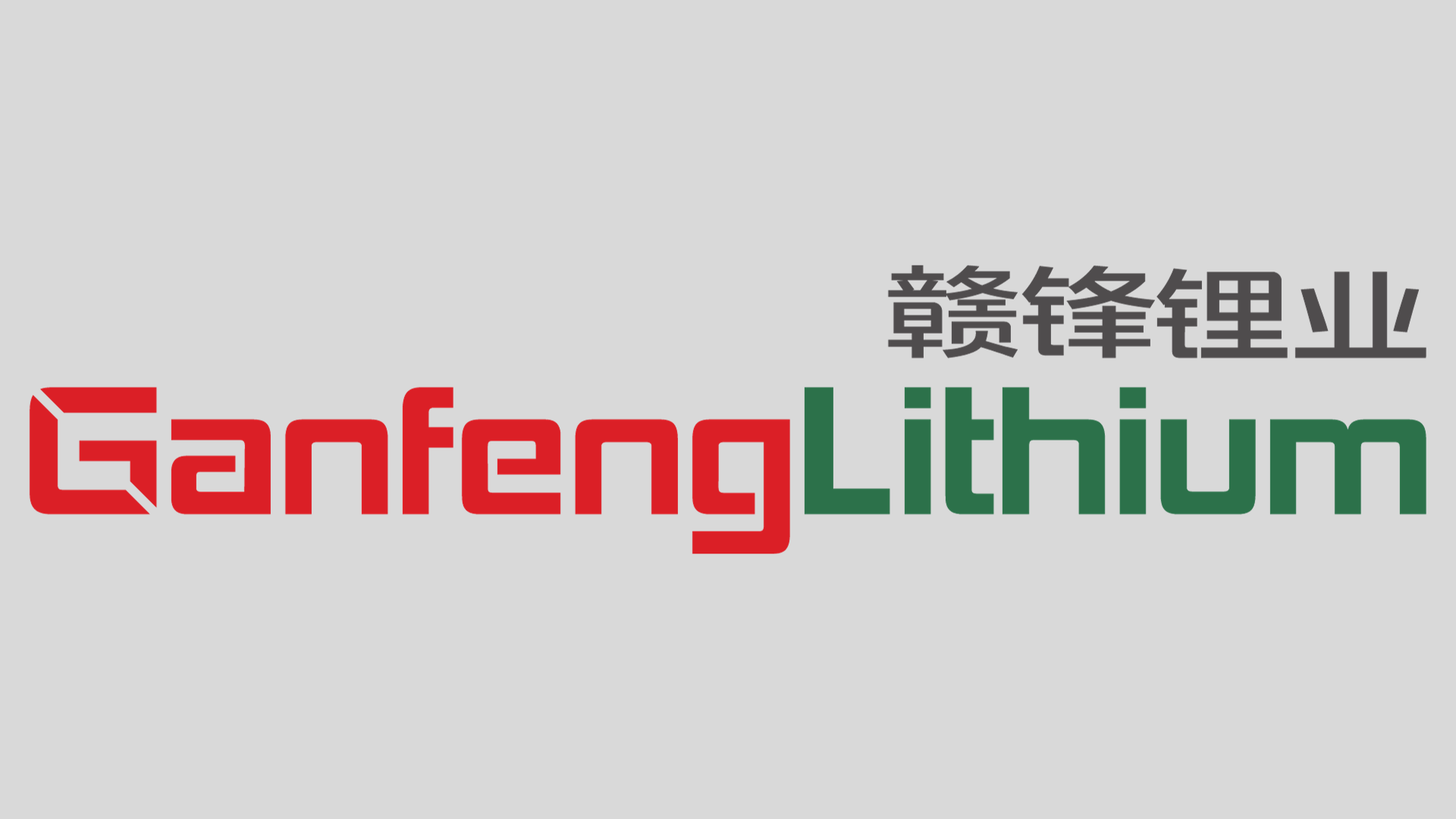
How could this new discovery impact geopolitics? Not long ago, U.S. policymakers were starting to get quite worried about lithium. The material was scarce, and we didn’t have our own stash stateside.
Most of the really great mining sites for lithium are in Chile, Bolivia, Argentina, China, and Australia, so we’ve always had to strike deals to get our hands on some. But if this 20 to 40 million-ton trove in Nevada pans out, the U.S. will probably never worry so much about lithium for the foreseeable future.
A Wrench in the Plan

Unfortunately, if it seems too good to be true, it probably is. Or, at the very least, there’s going to be some bumps along the road. This unusual lithium deposit is located in a very quiet part of Nevada, on Paiute and Shoshone tribal lands.
These tribes tried to put a stop to an open-air lithium mine nearby before, but it didn’t work out. They’re currently attempting to stop the building of this new mine, but it’s unclear how effective their efforts will be.
Native American Fight Against Lithium Mine

First, the tribes argued that the proposed mining site is on the same land that a Native American massacre took place. The presiding judge granted the government’s motion to dismiss this, however, because the tribes could not adequately prove their claims.
The tribes have also rallied to argue that this is another instance in a long sequence of events when the government has chosen to engage in the destruction of Native American culture for financial/political gain. We’ll have to wait to see how things shake out, but the courts do seem to be in favor of the government’s arguments at this time.
Chinese Firm Could Take Control
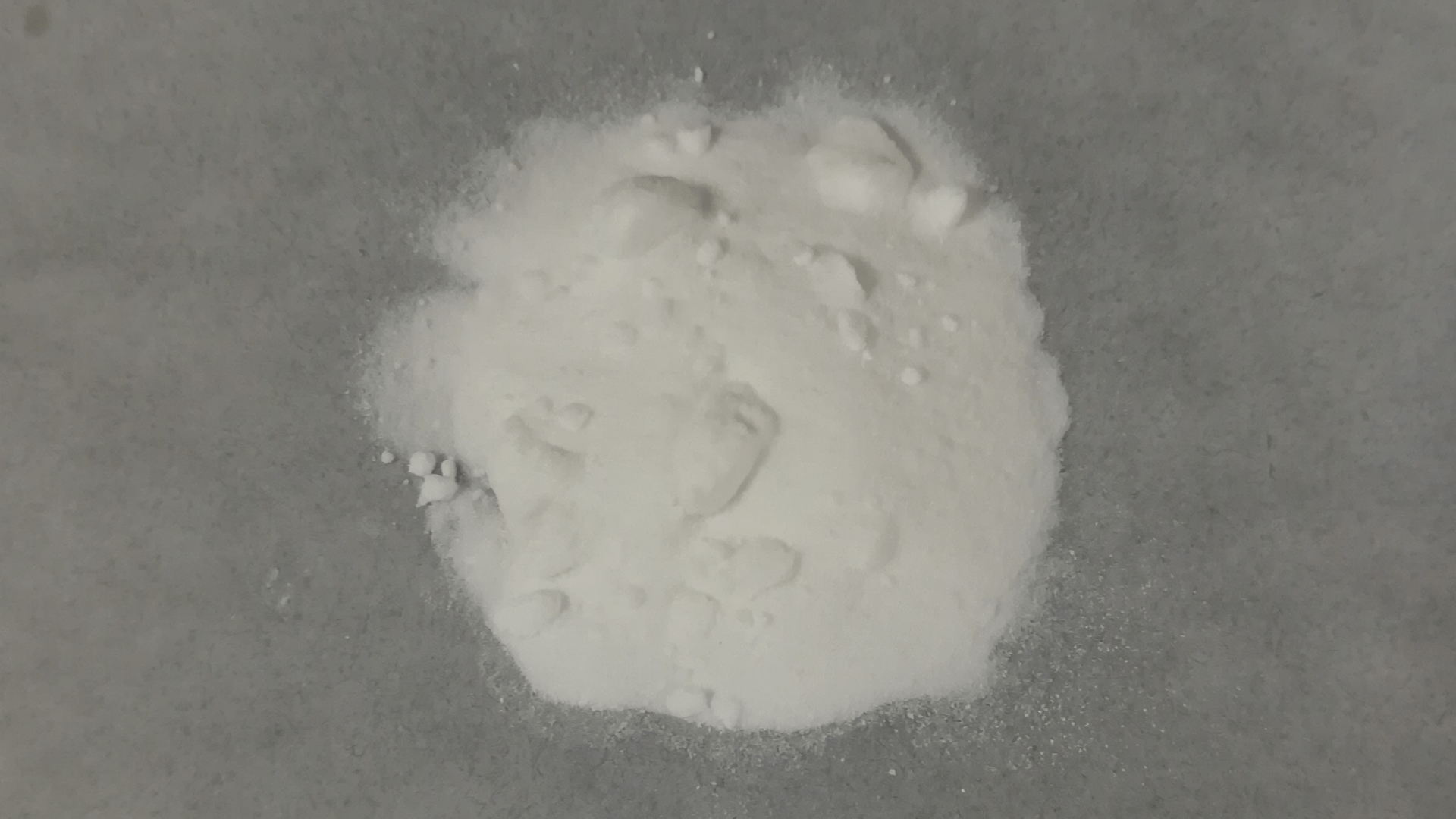
The story’s difficulties don’t stop problems surrounding the act of digging up the lithium, either. Simply processing the necessary paperwork and jumping through the proper bureaucratic hoops is taking the U.S. some time.
Meanwhile, a Canadian company is trying to jump in and score this jackpot. It turns out that the company’s largest shareholder is actually a Chinese firm. If they score this mine, it means that the U.S. will lose its first real chance at a U.S.-based lithium source and allow China to continue selling to us.
The Nevada-Oregon Lithium Rocks the Boat

In a nutshell, the Nevada-Oregon lithium discovery is rocking the boat in the tech world. A serious jackpot has been hit, for certain, but this story is also about who holds the power geopolitically.
There’s a lot of tricky ethical stuff going on, and a great need to catch up on processing. As we dive into the “lithium age,” will the U.S. be the one leading the charge? Only time will tell.
